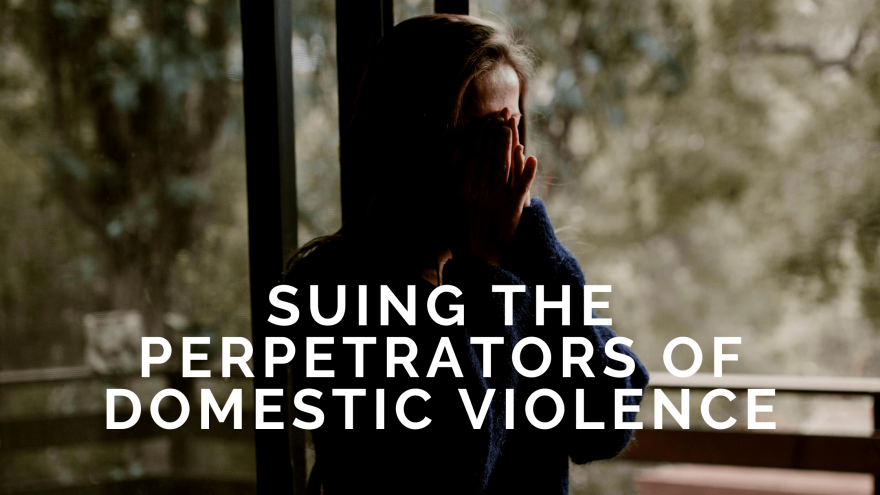Domestic violence encompasses a large number of actions. In Australia, over 17% or 1.6 million women have experienced domestic violence. Many of these cases that escalate end in the death of at least one partner. As a victim, one might be very confused as to how to go about filing a lawsuit against his or her partner and finding domestic violence lawyers in Brisbane to do the same. Here are a few things to make that process easier.
What is Domestic Violence?
Domestic violence is the behaviour of violence, either physical or verbal, used to intimidate one’s partner into submission in a relationship.
Whether this act occurs under the influence of any substance is irrelevant to its nature.
Such violence includes physical abuse such as hitting, slapping, or any action that would physically harm you, withholding finances, and marital rape. Isolating someone from their friends and family or keeping their child away from them also falls under the ambit of domestic violence. The destruction of property in a display of anger is also endangering.
Being subjected to any of these experiences makes one a victim of domestic abuse. Just as any other person who has had their rights violated, he or she is eligible to sue the perpetrator.
Why Suing Is the Right Option?
Being subjected to domestic violence is an expensive ordeal. One suffers psychological, physiological, and financial damages. Freedom from such an abusive relationship comes with drastic changes. Victims have to change from being controlled to staying independent, and these changes do not come easy. Legal fees can also be quite a burden. For these damages, the violator must be punished and should also pay up.
Suing violators ensures accountability and provides close to justified compensation for the victims. To file a lawsuit, one must first enlist the services of any domestic violence lawyers in Brisbane.
Can one sue relatives?
Domestic violence falls under a different ambit because of its setting at home. A victim is allowed to ensure family and spouses under this umbrella. Behaviours that constitute harming and hurting fall under tort, and international torts are admissible in almost all courts.
Initial Protective Orders
In case of spousal abuse, the court usually has Protective Orders placed immediately after the first hearings. The court removes the victim from the household to stop the abuse. These orders compel the accused of staying away from the vicinity of the victim. The order includes barring any virtual contact as well to eliminate verbal threats. Typically, a sworn statement is sufficient for the court to place a protective order.
Criminal vs Civil Cases
Most domestic violence cases come to light during a divorce or a battle for child custody. These are considered civil cases and might result in the victim receiving monetary or emotional benefits. In criminal cases, the victim receives no compensation or reparations, and there is no satisfaction. However, in dangerous situations, a criminal lawsuit might be best. For lawsuits where the accused cannot pay heavy sums, the victim can sue for a maximum of $100,000.
Evidence and Proof
Before enlisting attorney services, try building an ironclad case. Many perpetrators try to destroy all evidence, but bruises can never always stay concealed. A detailed hospital history with injuries serves as enough proof to convict such a violent person. Maintaining a journal can help in documenting the experience in greater detail.
Many choose to stay away from suing because revisiting traumatic experiences can be painful. In court, everyone finds themselves under a microscope. This reason is why one must pursue suing to place them under heavy criticism for reflection and punishment.
